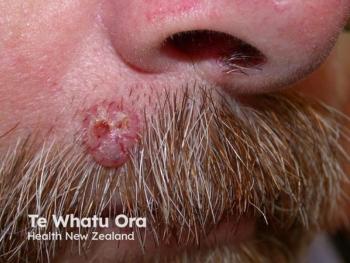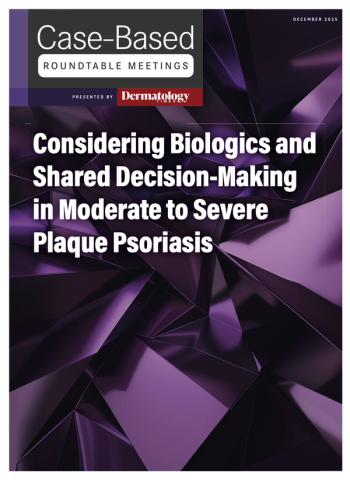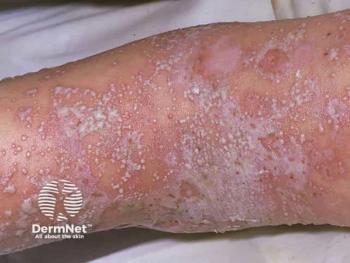
Top 5 Articles of the Month: April
Key Takeaways
- COVID-19 pandemic increased risks for DIMIDs patients, with vaccination and healthy lifestyle as protective factors.
- ET-02 demonstrated unprecedented hair regrowth in androgenic alopecia by correcting defective stem cell biology.
Explore the top headlines of the week including insights on recalls, expert pearls, and more.
To stay up-to-date with the latest dermatology news, sign up to receive our
1. Dermatology Conferences and Meetings Calendar: 2025
Dermatology Times has asked our readers to share with us what conferences and meetings they are looking forward to or planning to attend in 2025. Using these responses, we have compiled a list of dermatological meetings taking place this year.
2. Patients with DIMIDs and Pandemic Risks
The COVID-19 pandemic significantly affected patients with immune-mediated inflammatory diseases (DIMIDs), including atopic dermatitis (AD), psoriasis, and vitiligo. The fear of morbidity, mortality, and vaccine hesitancy contributed to disruptions in their daily lives. Patients with immunodeficiency diseases, older individuals, males, and those of non-White ethnicity were at an increased risk of severe COVID-19 outcomes. Interestingly, vaccination, a healthy diet, and atopic conditions were considered protective factors against COVID-19. A recent prospective observational, multicenter, multidisciplinary cohort substudy explored the impact of COVID-19 disease and vaccination on DIMIDs, specifically AD, psoriasis, and vitiligo.
3. The Unprecedented Phase 1 Results of ET-02 for the Treatment of Androgenic Alopecia
Eirion Therapeutics has reported promising first-in-human trial results for ET-02, a topical treatment for androgenic alopecia. The drug showed exceptional safety with no local or systemic adverse effects and delivered unprecedented hair regrowth in just 5 weeks—6 times more than placebo and even outperforming minoxidil’s four-month results. Unlike current treatments that stimulate the hair follicle or stem cell, ET-02 targets a correction in defective stem cell biology to restore normal hair growth. With this novel mechanism, ET-02 could reshape the hair loss treatment landscape and potentially play a role in future prevention strategies.
4. Laser and Bimatoprost Combination Therapy Improve Facial Vitiligo
A recent clinical trial found that combining 308-nm excimer laser (EL) therapy with topical bimatoprost 0.03% significantly improves outcomes in patients with facial vitiligo compared to EL alone. Conducted in Tehran, the study showed that patients receiving the combination treatment had greater repigmentation, higher satisfaction (VASS), and improved physician-assessed improvement (SAI) scores. Benefits were noticeable after just 10 sessions, with no major safety concerns reported—only mild side effects like hypertrichosis and erythema. The findings support the use of bimatoprost as a valuable adjunct in vitiligo treatment, especially for those not responding to laser therapy alone.
5. DFD-29: The Journey to FDA Approval and a New Era in Rosacea Management
The FDA approval in November 2024 of 40-mg minocycline hydrochloride (Emrosi; Journey Medical Corporation), formerly known and hereafter referred to as DFD-29, marked a significant step forward in the treatment of rosacea.
The approval of these 40-mg extended-release capsules represents the first time an oral, systemic therapy has been given the green light in the US to address both erythema and inflammatory lesions—2 hallmark symptoms of rosacea. Here, Dermatology Times looks back at DFD-29’s journey to approval and its future role in the rosacea treatment landscape.
Newsletter
Like what you’re reading? Subscribe to Dermatology Times for weekly updates on therapies, innovations, and real-world practice tips.


















